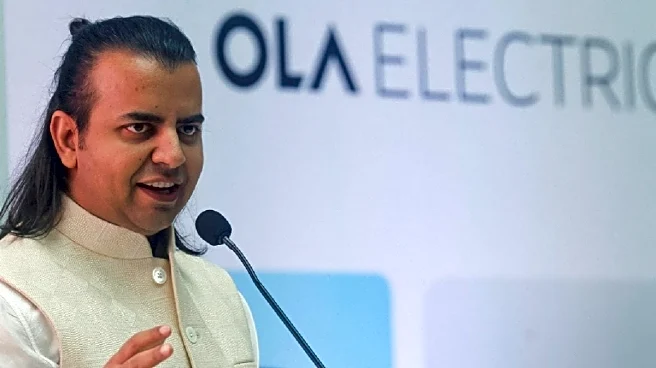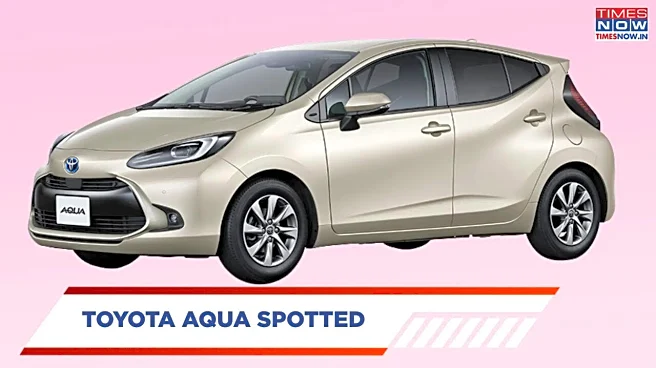Bhavish Aggarwal is leaning heavily on a new home-battery venture to stabilise Ola Electric as the EV startup faces sinking sales, investor hesitation and mounting financial pressure, Bloomberg reported.
The pivot marks yet another ambitious shift for Bhavish Aggarwal, whose rapid expansions and equally rapid pivots have defined Ola’s trajectory but have often outpaced the company’s ability to deliver sustained performance.
Ola’s New Product Category
Ola’s newest offering, the Ola Shakti home-backup battery system priced around ₹1.2 lakh, is Bhavish Aggarwal’s latest attempt to find a growth engine outside its struggling two-wheeler business. Built on Ola’s 4680 “Bharat Cell” technology, the home-storage product is positioned as a premium alternative to traditional inverter systems that dominate India’s household backup market.
Bhavish Aggarwal told analysts he expects the new line to generate ₹100 crore in revenue in the March quarter and ₹1,000 crore by FY27- ambitious targets that would represent nearly one-third of Ola’s projected revenue for the current financial year. The home-inverter market is large but heavily price-sensitive, dominated by inexpensive lead-acid systems and companies with deep distribution networks.
Funding Troubles Undercut Pivot
According to Bloomberg, several investors have already turned down participation in Ola’s ₹1,500 crore fundraising plan, while lenders have backed away from a ₹1,700 crore debt raise approved by the board in May. Those setbacks follow a sharp deterioration in Ola Electric’s financial health: revenue fell 43 percent, sales plunged 47 percent and the company slashed its full-year guidance by about 40 percent.
The stock has collapsed more than 50 percent this year and Ola’s once-dominant e-scooter market share has dropped from 30 percent to 11.5 percent. Net cash has dwindled to ₹160 crore from ₹480 crore in six months.
Analysts Warn Of Structural Weakness
Analysts at Kotak Securities wrote that Ola’s situation shows “visible strain,” warning that without fixing its core volume issues, pressures could escalate into a wider crisis. Competitors like Bajaj Auto, TVS Motor, Hero MotoCorp and Ather Energy now dominate the segment Ola once led.
Elara Securities analyst Jay Kale noted that customers now have “reliable, proven brands” to choose from, making it increasingly difficult for Ola to regain ground. Deloitte’s Anand Ramanathan cautioned that home-battery products need professional partnerships- with builders, architects and interior designers- not just retail visibility.
Ola Electric insists it has no immediate need for new capital after reallocating IPO proceeds, but filings show rising debt obligations and shrinking cash reserves. Bhavish Aggarwal told analysts the company is improving gross margins, cutting costs and preparing new motorcycle launches. Those efforts may help, but analysts warn that without stabilising its core business, no pivot- battery storage or otherwise- will be enough.





/images/ppid_59c68470-image-176398503960253839.webp)


/images/ppid_59c68470-image-176398002906010132.webp)




